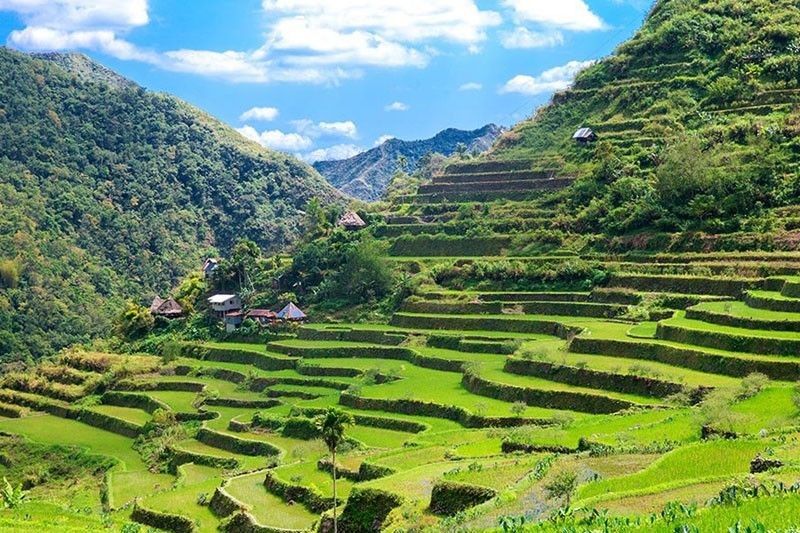Chinese-built Banaue Rice Terraces? Lonely Planet under fire

MANILA, Philippines — Travel website and guide book publisher Lonely Planet has drawn criticism over a video claiming the Banaue Rice Terraces in Ifugao was built by the Chinese.
The publisher on Sunday posted a Facebook video titled “World’s Greenest Places,” which featured among others the rice terraces with an accompanying text: “These mudwalled terraces were first built around 2000 years ago by the Chinese.”
Netizens quickly flagged the video and noted that the rice terraces were built by the indigenous people of Ifugao.
They expressed indignation over the content, which was released amid deepening concerns over the Philippines’ ties with China.
Some noted the publisher’s introduction of the Banaue Rice Terraces on its website, which said “they were introduced around 2000 years ago by the Chinese.”
“Hemmed in on all sides by dramatic rice terraces, Banaue is directly accessible from Manila and can sometimes get overwhelmed by visitors. It’s hard to blame them: the local mud-walled rice terraces are pleasingly different from the stone-walled terraces in most of the Cordilleras,” the description read.
“World Heritage listed, they’re impressive not only for their chiselled beauty but because they were introduced around 2000 years ago by the Chinese,” it added.
The video has since been taken down, with Lonely Planet saying on Twitter they will share the matter “with our editors who’ll take a further look into it.”
It also vowed to provide updates and action points on the issue.
Meanwhile, the briefer describing the rice terraces as being introduced by the Chinese is still available online as of Monday afternoon.
It was unclear what was the source of information of the travel guide book publisher.
Priceless contribution
In its description of the Banaue Rice Terraces, the United Nations Educational, Scientific and Cultural Organization (UNESCO) that declared it as a World Heritage Site did not mention any Chinese influence.
“The Rice Terraces of the Philippine Cordilleras is an outstanding example of an evolved, living cultural landscape that can be traced as far back as two millennia ago in the pre-colonial Philippines. The terraces are located in the remote areas of the Philippine Cordillera mountain range on the northern island of Luzon, Philippine archipelago,” it read.
“While the historic terraces cover an extensive area, the inscribed property consists of five clusters of the most intact and impressive terraces, located in four municipalities. They are all the product of the Ifugao ethnic group, a minority community that has occupied these mountains for thousands of years,” it added.
UNESCO described the rice terraces as a priceless contribution of Philippine ancestors to humanity.
“Built 2000 years ago and passed on from generation to generation, the Ifugao Rice Terraces represent an enduring illustration of an ancient civilization that surpassed various challenges and setbacks posed by modernization,” it said.
“The Ifugao Rice Terraces epitomize the absolute blending of the physical, socio-cultural, economic, religious, and political environment. Indeed, it is a living cultural landscape of unparalleled beauty,” it added.
Meanwhile, an irate Ifugao Rep. Teodoro Baguilat Jr. said the video was “utterly unbelievable.”
“No historical or archaeological even mythical lore has surfaced saying the Chinese built the rice terraces,” Baguilat said.
“The Lonely Planet is usually a travelers’ blog and should not be relied upon for historical fact,” he added.
Aside from the Banaue Rice Terraces, other popular sites of the same nature are the Honghe Hani Rice Terraces in China, Douro Valley in Portugal – both declared as world heritage sites by UNESCO – the Chiang Mai fields in Thailand and Hamanoura Coast in Japan. – Artemio Dumlao
- Latest
- Trending






























